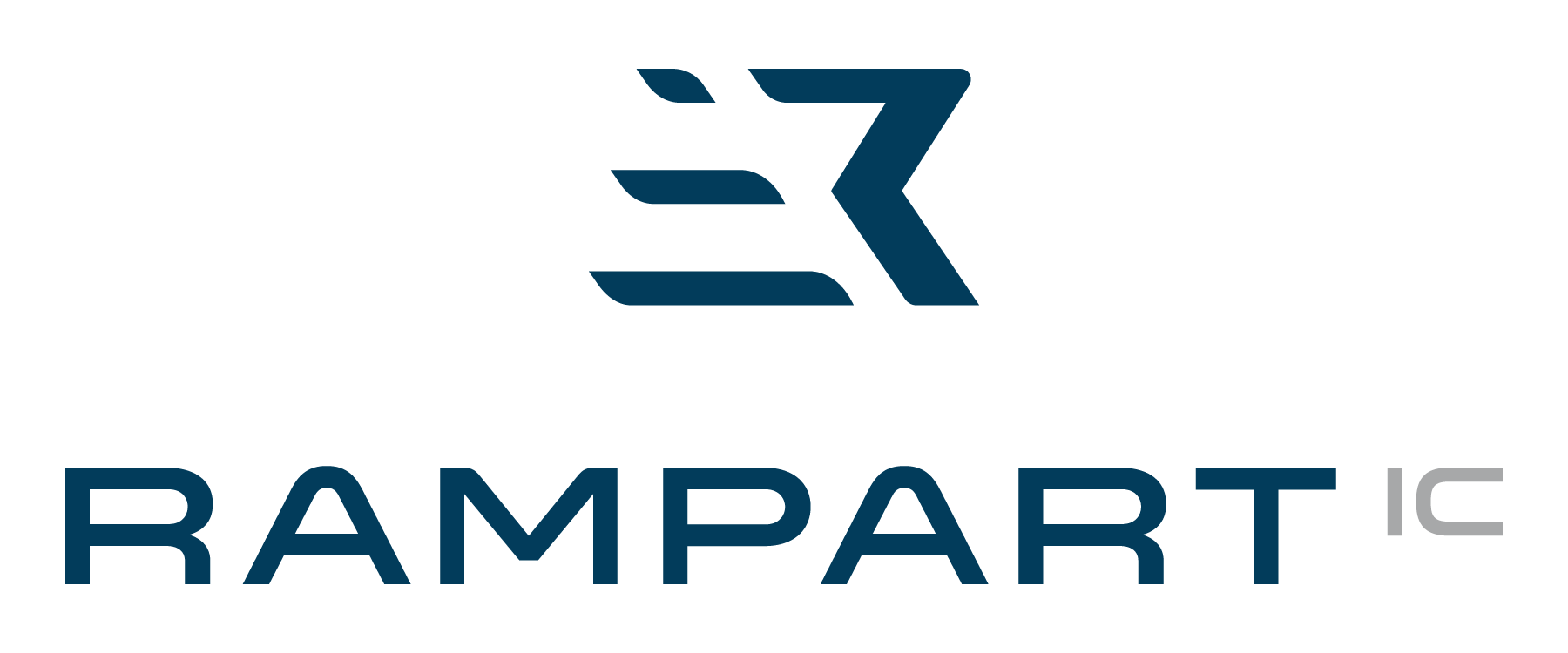To date, we have used the Rampart system during diagnostic coronary angiography, structural heart interventions (including LAMPOON and BASILICA), CTO PCI, and electrophysiologic procedures. We have a study underway to compare radiation exposure during elective cases that use the Rampart system.
Read More“The award only continues to validate the need that has been addressed with the M1128 in the cath lab, and the work that was done by Push Product Design, Fitz-Thors Engineering, and Rampart IC over the last few years.”
Read More“In addition to potential health hazards that can result from radiation exposure, providers are also prone to spinal issues because of the weight of the lead aprons. Statistics from the Society of Cardiac Angiography Intervention show….”
Read More“The average exposure in the United States, from natural sources of radiation (mostly cosmic radiation and radon), is 300 millirems per year at sea level.”
Read More“You need to be on your game,” he said. “And you can’t take a break during a procedure. Once you’re in, you’re in. This allows us to move around, allows you to stay sharp. And this can be great for teaching facilities. It’s easy to use.”
Read More“The primary risks mostly related to work activity and radiation exposure included orthopedic illnesses, cataract, skin lesions, and cancers, particularly in workers with longer duration of occupational work.”
Read More“Physicians who had logged 21 years in the lab after fellowship reported an alarming 60% incidence of spine problems compared with 26% who were working <5 years after completing fellowship.”
Read More“Radiation safety is of concern to catheterization laboratory personnel, yet there is significant variability in radiation protection practices, highlighting several opportunities for standardization and improvement.”
Read MoreElevating healthcare worker safety
Interventional cardiology is a uniquely rewarding, highly innovative profession. The bulk of the innovation in our field over the past 3 decades has appropriately been focused on patient care. However, the manner and circumstances with which that care has been delivered in the cath lab has changed little over time. New approaches are now available to begin to mitigate the biomechanical, orthopedic, and radiation risks of working in the cath lab.
Read More“Background. There is great variability in radiation safety practices in cardiac catheterization laboratories around the world. Methods. We performed an international online survey on radiation safety including interventional cardiologists, electrophysiologists, interventional radiologists, and vascular surgeons…”
Read More“As the conversation progressed, it became obvious that many that work in the cath lab are not aware of the risks of lightweight “lead”. Who can blame them? At the end of a long day of wearing heavy lead, the effects are immediate - fatigue, aching muscles, sore joints, etc… The cumulative effects of heavy lead aprons can be devastating… The risks of ineffective radiation protection are not as immediate, but the cumulative effect of THIS risk can be CATASTROPHIC.“
Read More“The Rampart M1128 was featured as a solution that met most needs. Thank you to NCVH and Dr Foster for continuing to carry the torch for this topic and for cath lab teams. Get more information by going to https://www.rampartic.com and by following Rampart on LinkedIn at https://www.linkedin.com/company/rampart-ic “
Read MoreOur very own Dr. Bob Foster will be a featured speaker on May 29th at 4:15pm at NCVH on the topic of radiation safety. He will be discussing the newest tools in radiation protection including the Rampart M1128. We are excited to share more on the conference following its conclusion. Stay tuned!
Read MoreWhen Dr. Bob Foster, a triathlete in peak physical health, and one of the nation’s highest-volume Interventional Cardiologist, suffered a second ruptured disk causing a month-long paralysis in one of his legs, he knew it was time to do something about the heavy lead vests that were the cause of his injuries.
And he wasn’t alone. In fact, with 60% of ICs suffering from work-related back issues, he soon discovered that others were looking for a solution too.
Read More









